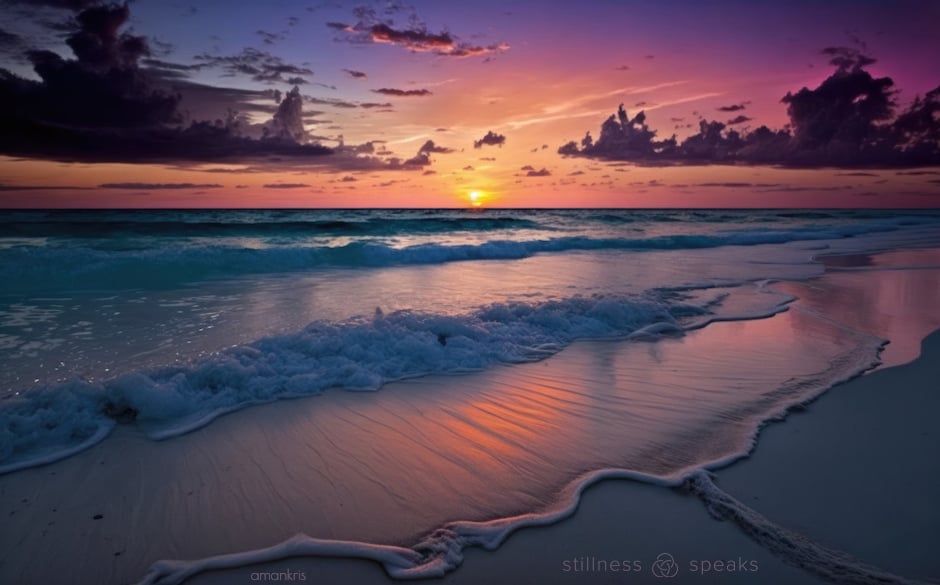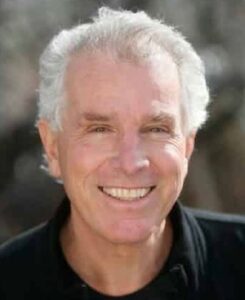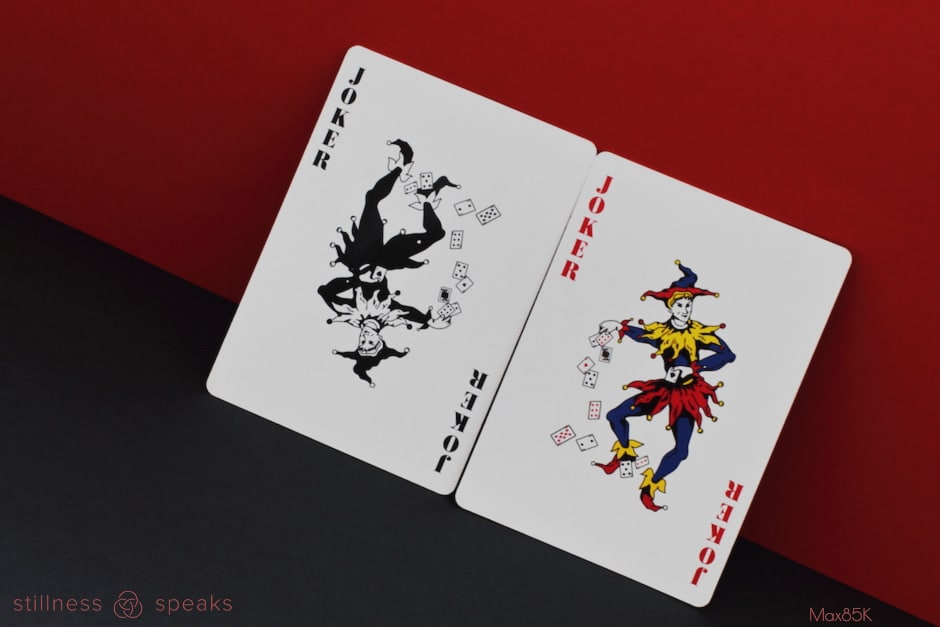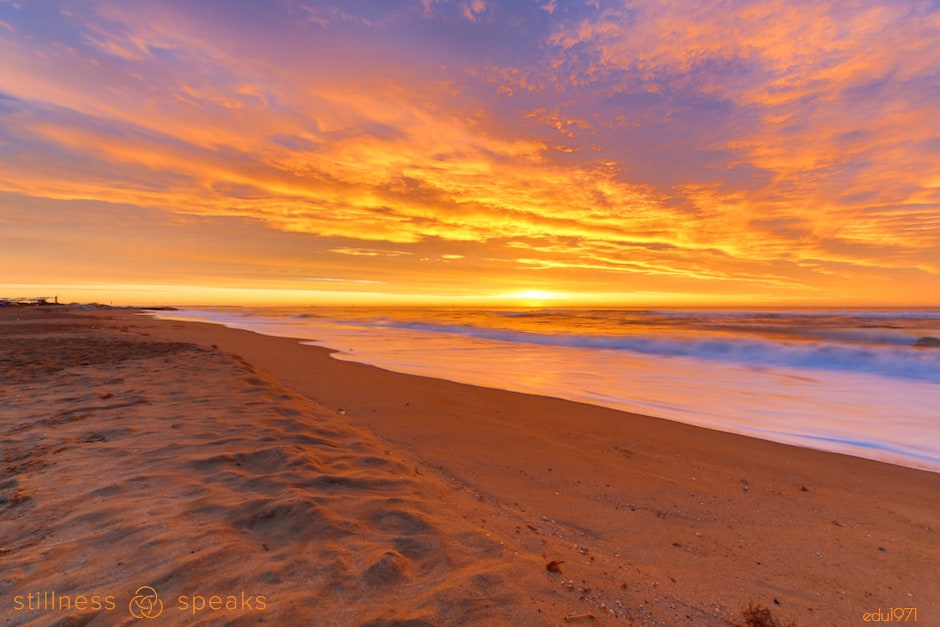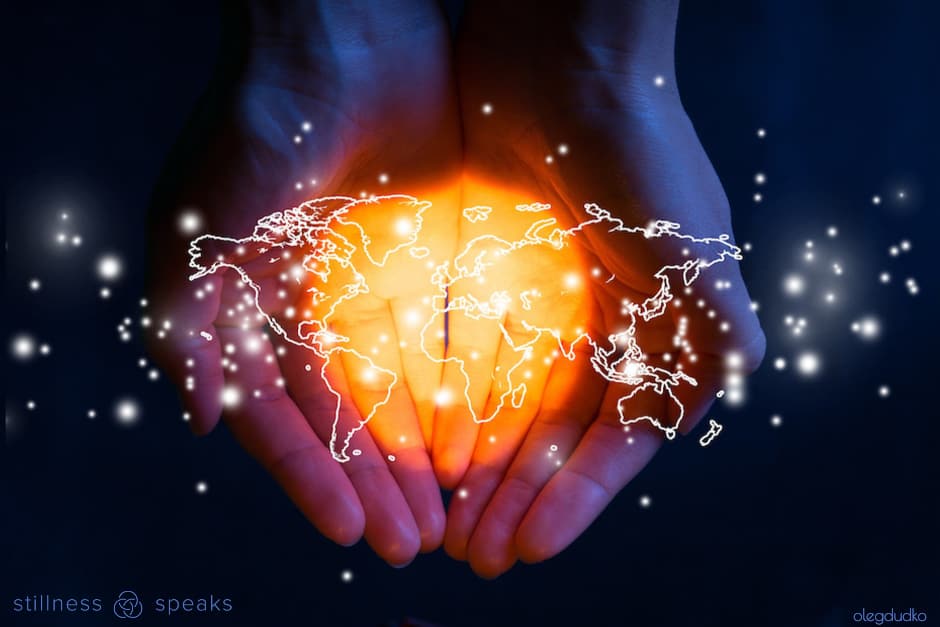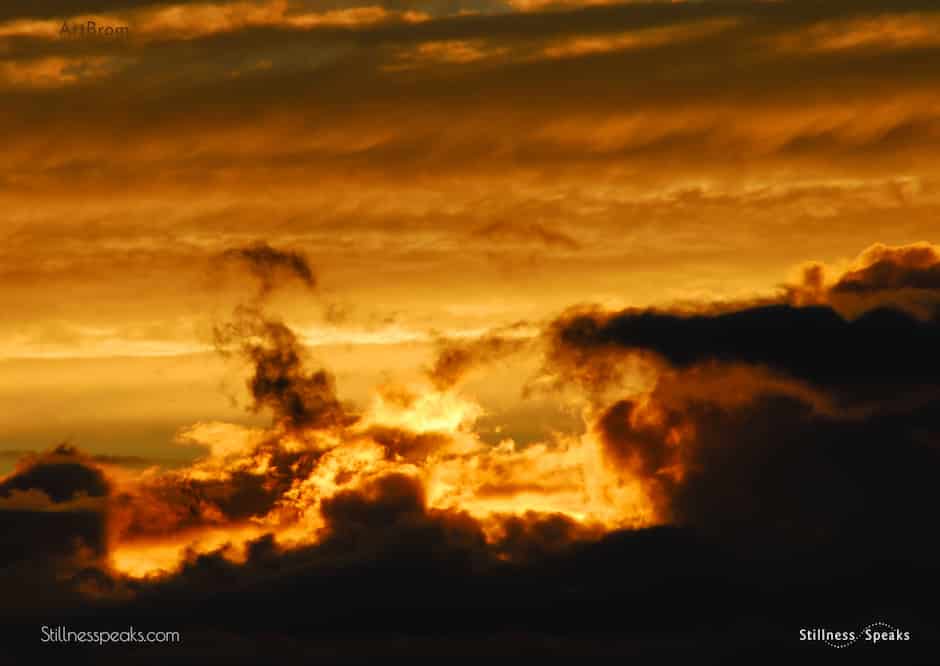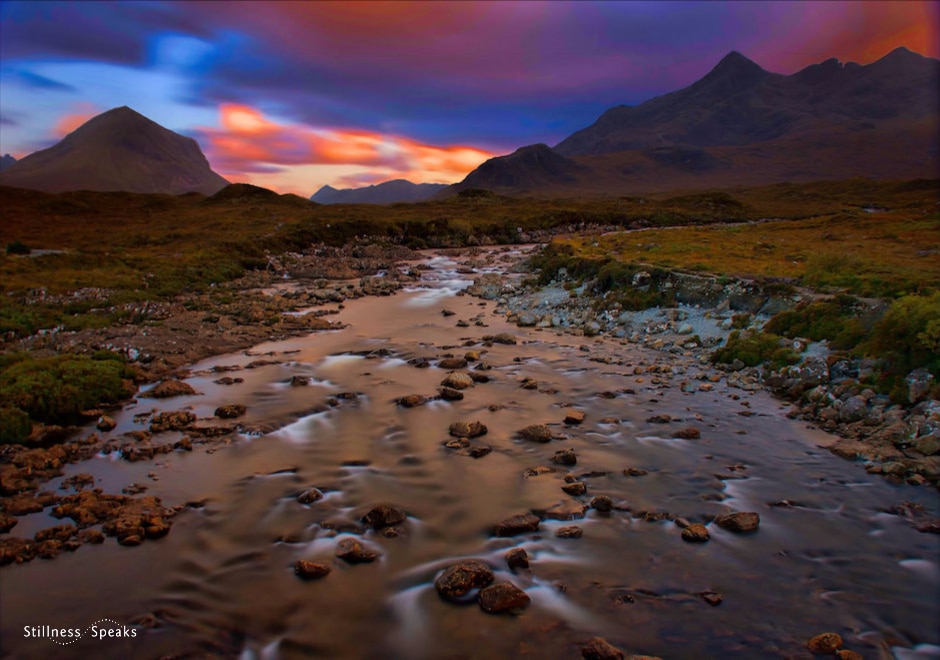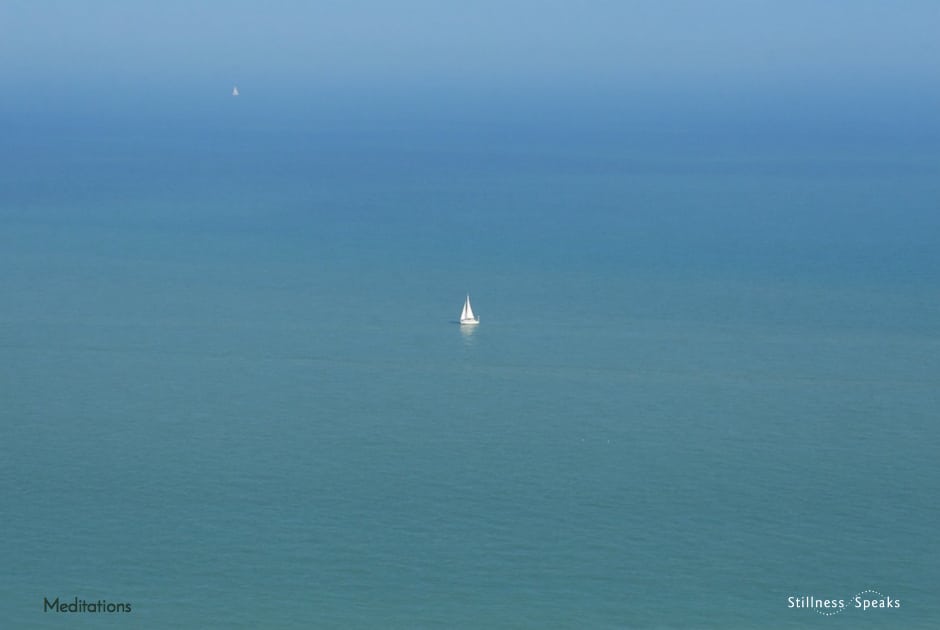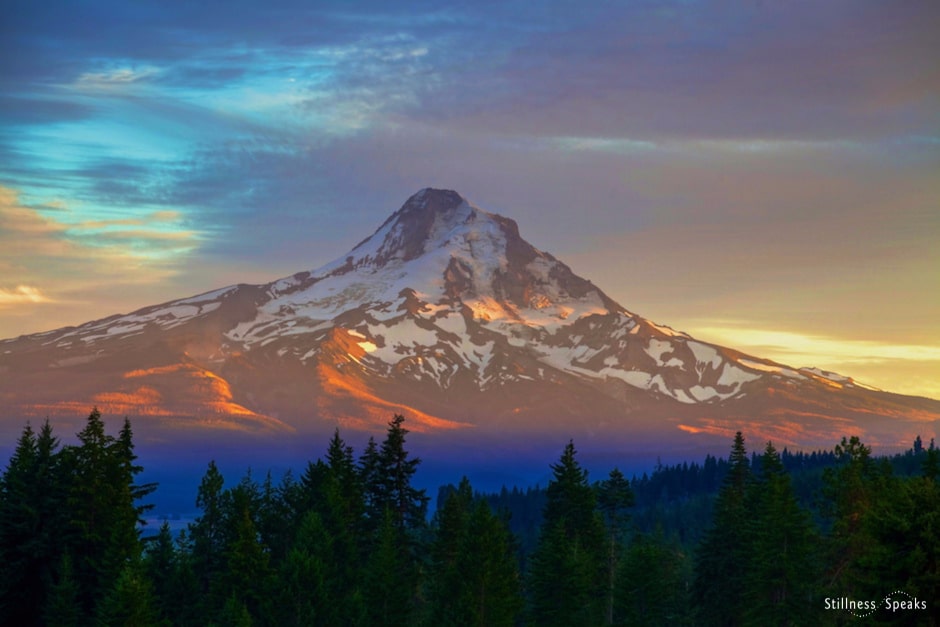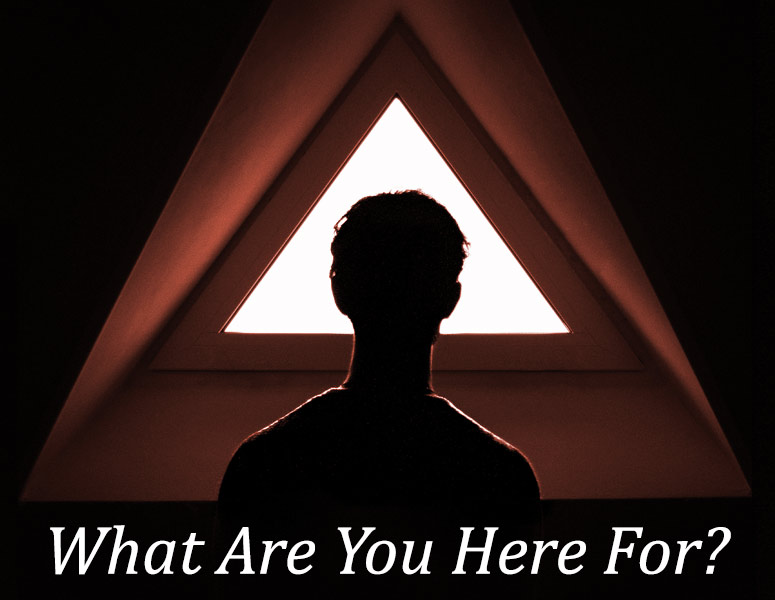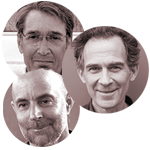true nature: “… We can’t find it out there because it’s right here in the intimacy of now …” ~ Elias Amidon
“Our daily lives are the vehicles for awakening, for freeing ourselves and others from suffering.” ~ Roshi Joan Halifax
“… The vitality of Buddhism today is most clearly reflected in the way it is being brought to bear on social, economic, political, and environmental issues . . . The gate of the Dharma does not close behind us to secure us in a cloistered existence aloof from the turbulence and suffering of samsara, so much as it leas us out into a life of risk for the sake of all beings. As many Dharma brothers and sisters discover today, the world is our cloister …” ~ Joanna Macy
Recognizing one’s true nature is a realization of our interconnectedness with all beings … and is considered the most important act (à la Rumi’s “most important thing”) in healing the world … but this realization is typically an inward journey (usually a long one – maybe even arduous) potentially leading one to “not be IN the world : just stay in the monastery or the ashram.” Despite the resulting deep sense of inner peace, the observation – and recognition – of the ongoing suffering in the world is unavoidable … which naturally raises the question: should I focus on the inner journey or work towards alleviating the world’s suffering? … a dilemma of contradictory pursuits?
Elias Amidon (a master in the Sufi tradition, who has also deeply explored Theravada Buddhism, Native American, Christianity, Zen, and contemporary Dzogchen as part of his life long pursuit of spirituality) explores this question/dilemma in Awakening in a Troubled World positing that “… Recognizing our true nature is not a private act, it’s radiant. It reveals our interbeing with all of creation, and that revelation blossoms into care …”
Elias is a Pir (Spiritual Director) of The Sufi Way and has been “an initiate of the Sufi Way for the past 44 years.”
So, here is Elias on what / how to navigate & dissolve this dilemma …
Realizing Our True Nature: Awakening in a Troubled World …
As an old man I have the privilege of looking back over the terrain of my life, as if from a height, and seeing the turns and hesitations of the path I took. The world always seemed to me so beautiful, so wondrous, and at the same time, so troubled and hurt. It kept calling me to do something to help.
I know I wasn’t alone in feeling this — most of my companions along the way felt the same. We became activists or artists or teachers or organizers, each in our own way trying to heal what we could, each of us joining the long fight against injustice, oppression, racism, war, patriarchy, and the degradation of nature. “Get up, stand up, don’t give up the fight,” we sang with Marley.
At the same time, we were challenged, not just by the enormity of what we were up against, but by the counsel of the spiritual ones in our midst who said, “If you want to bring peace to the world, you must first find peace in yourself.”
Back then this seemed like a contradiction: turning inward vs turning outward, enlightenment vs activism, a spiritual life vs an engaged life.
On the one hand, as Advaita teacher Rupert Spira has said, “The single most important thing any of us can do to serve and heal the world is to recognize our true nature.”
And on the other hand, as Zen teacher John Tarrant writes, “To connect, to help, to be of use in this world, you have to walk with people.”
As you probably realized sooner than I did, these “two hands” are the hands of one body. They’re not polarities. Recognizing our true nature is not a private act, it’s radiant. It reveals our interbeing with all of creation, and that revelation blossoms into care.
What does it mean to “recognize our true nature?” Usually when we think of recognizing something, there’s a thing “out there” that we perceive “in here,” in our subjective sense of self: I see that. True nature isn’t like that, it isn’t an object we can perceive in the normal way we’re used to perceiving things. Happily enough, it’s not hidden — well, in a way it is hidden, as Ibn Arabi points out: “It is hidden by its oneness.”
What is it? What is “so close we can’t see it?” as the Tibetans say. We learn that any attempt we make to find it leads us in the opposite direction. “This that we tell of can never be found by seeking…” says Bistami. We can’t find it out there because it’s right here in the intimacy of now, the intimacy of our seamlessness with all being. When we realize this, not just intellectually but directly, our actions in the world become naturally compassionate and caring. This is why Rupert tells us that recognizing our true nature is the single most important thing we can do to heal the world. The inner ignites the outer.
I think it’s the same with activism, with the engaged life, but in “reverse.” Our outer gestures of caring, our “walking with the people,” have a wonderful capacity to reveal and celebrate the awesomeness and peace of our true nature. Compassionate, loving, selfless, joyous, and kind acts, even the most humble ones, can remind us of our seamlessness with all being. The outer ignites the inner.
Here’s a story to conclude that shows this happening. It’s taken from a journal entry I wrote 20 years ago when my wife and I went to Iraq with the Iraq Peace Team just prior to the U.S. invasion in March 2003:
Yesterday several of us went out to the U.N. headquarters on the edge of Baghdad to hold a vigil, a daily occurrence. We stood next to the busy highway holding banners which read, No U.S. War on Iraq!, Peace! in English and Arabic, and Let Iraq Live! Cars honked, drivers waved. The Iraqi guards around the U.N. building were solemn-faced.
After about 15 minutes two cars pulled up delivering several reporters hung with cameras and microphones. A bit later a bus drove up and spilled out a most amazing sight — twenty Italian musicians with drums, saxophones, violin, tambourines, and they immediately greeted us with rambunctious, infectious gaiety! In a moment they were wailing away wild jazzy tunes, dancing up and down, laughing and grinning. They had come to Iraq for the week as ambassadors of good will, and good will it was!
The scene quickly became something out of the sixties – everybody grinning, dancing, the guy on the saxophone bopping and hopping, his eyes squeezed shut. Cars pulled over, people got out, more soldiers came out of the buildings to keep a lid on things, but the Italians were irrepressible.
Soon even the soldiers were grinning and clapping to the music, posing for photographs with the musicians, and everybody was interviewing everybody, the buttoned-up lady from the Christian Peacemaker Team was surrounded by Italian drummers, each taking snapshots of each other, everybody was laughing, swaying, clapping – as if, for a moment, all of us forgot the poverty, the need, the threat of war, and peace just broke out, happy careless loving peace, right there on the side of the road.
~ Elias Amidon
Elias’ writes a monthly Notes from the Open Path which are short contemplations on an approach to living wholeheartedly and in clear awareness (aspects of his Open Path teachings) … visit his website for more of his work: The Open Path – The Sufi Way.
The entire text of Awakening in a Troubled World above is authored by Elias and is excerpted from his May 2023 monthly email Notes from the Open Path (also available on his website). He has graciously given us permission to freely share these notes with our readers.
May you realize the “two hands” are the hands of one body … and …
May you remain safe and well.
